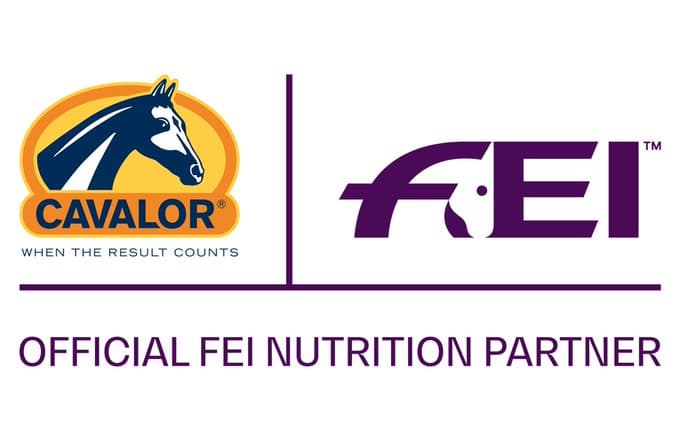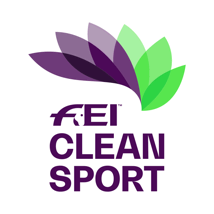Looking for more information?
Ask us on Live Chat or drop us a question using the form below.

Cavalor OilMega contains omega-3 and omega-6 fatty acids, as well as added vitamin E. Vitamin E protects fatty acids from oxydative degradation so that they can do their jobs longer.
The more fat a horse’s ration contains, the more vitamin E it needs. This added vitamin E helps keep your horse from developing deficiencies. Cavalor OilMega also contains natural antibiotics.
This balanced and patented blend of specific fatty acids (medium chain fatty acids (C6-C12) from tropical plants) promotes healthy gut flora.
They have health-boosting and anti-ageing effects on the cells, increasing the horse’s natural defences and requiring less energy to protect it from infections. This results in a shiny coat and a healthy horse.
More information about this product can be found in the product data sheet. You can download this data sheet by clicking on “specifications”
Add to the ration gradually.
Dose per horse per day:
Day 1: 20 ml
Day 2: 40 ml
Day 3: 60 ml
Day 4: 80 ml
Day 5: 100 ml
After day 5: 100 ml
Maximum per horse per day: 500 ml
Cavalor OilMega keeps your horse healthy inside and out. OilMega contains omega-3, omega-6, and omega-9 fatty acids combined with natural antibiotics for healthy gut flora and extra support for the immune system.
It gives your horse a shiny coat, healthy gut flora, and stronger natural defences.
A high-fat diet can also improve athletic performance. Energy from fat can have a beneficial effect on energy supply for horses performing endurance work or on behaviour in “hyperactive” horses.
Fat has a high energy density – horses don’t get “hot” as quickly as they do with some cereals.
Omega-3 and omega-6 fatty acids are essential fatty acids, meaning that the body needs these substances but cannot produce them itself. Fatty acids must therefore be absorbed from feed.
Essential fatty acids can be found in vegetable oils, nuts, and grains. Omega-6 fatty acids are mainly found in soya oil, grains, and seeds. Fresh grass, linseeds, olive oil, and rapeseed oil are high in omega-3 fatty acids. These days, most horses get sufficient omega-6 fatty acids from their feed; the cereals in mueslis and pellets contain ample amounts of this fatty acid.
When horses spend most of their time in the stable or when grazing is largely impossible (in winter, for example) they often get lower quantities of omega-3 fatty acids . It is important that the ratio of omega-3 to omega-6 remains in balance. If the ratio of omega-3 and omega-6 is right, the horse will automatically produce enough omega-9.
A correct ratio of omega-3 and omega-6 fatty acids is beneficial to the immune system as well as to the horse’s overall health. An imbalance between these fatty acids may lead to inflammation, poor coat, reduced resistance, and reduced fertility.
Ask us on Live Chat or drop us a question using the form below.
Since my vet advised me to give oilmega to my horse everyone has commented on how good her coat looks.
My poor Poppy has had a bacterial skin condition for 3 months which has meant steroids, antibiotics and an itchy horse with dundruff. Dull and staring coat.
I used OilMega on advice of the vet and after 3 weeks her coat is showing (like green shoots in spring) the first signs of recovery









